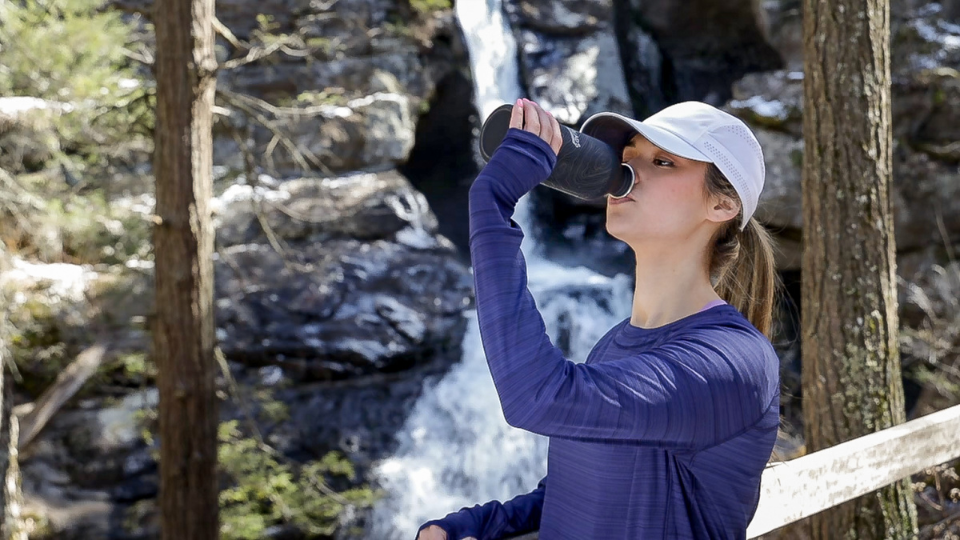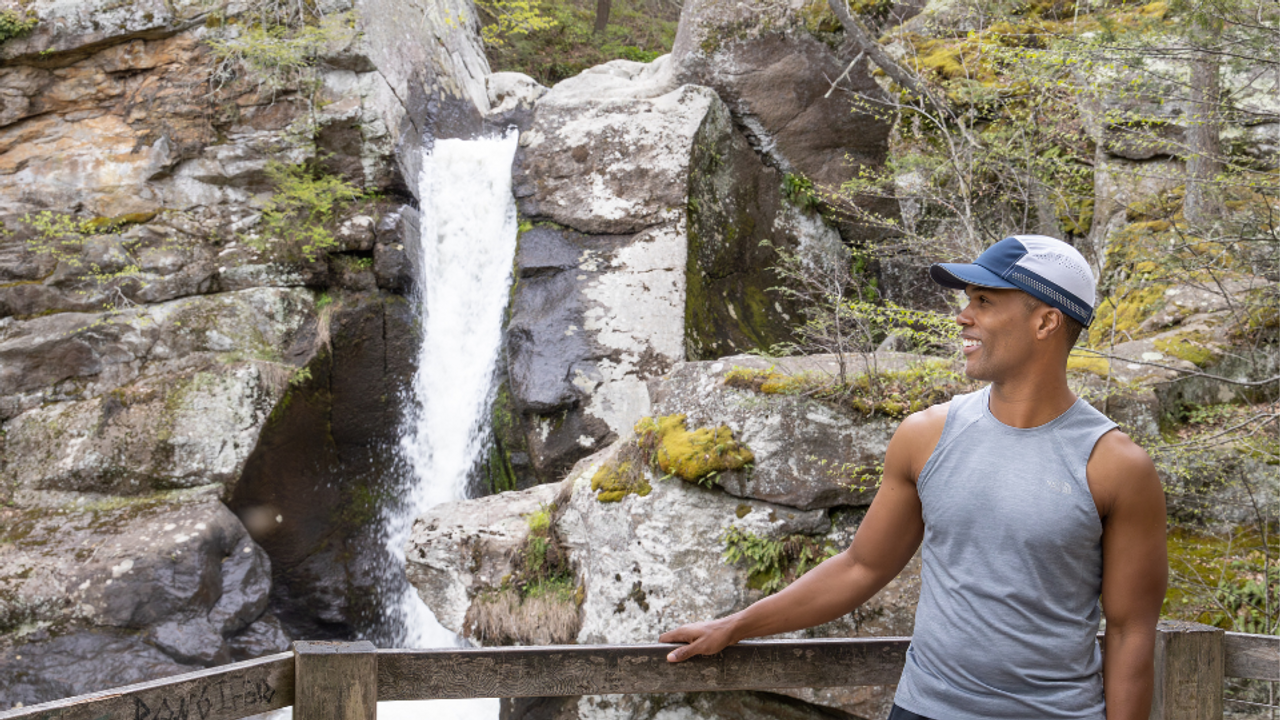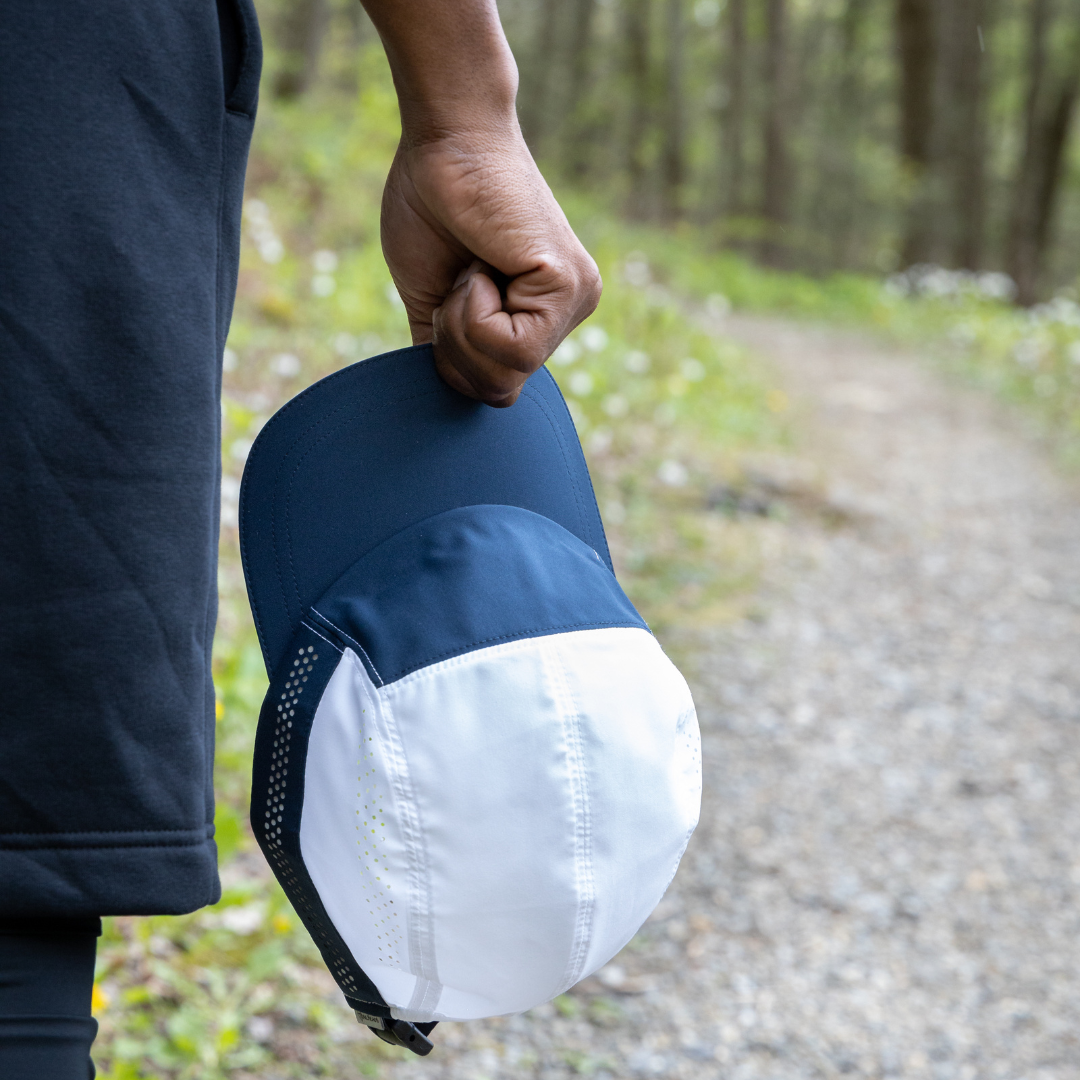Hike safely in the heat with these tips:
Summer is a great time to go hiking, even when it’s hot. There are risks to consider when hiking in the heat, such as dehydration, heat exhaustion and heat stroke, all of which can be life-threatening. However, these shouldn’t deter you from hitting the trails all summer long. The key to hiking in heat is to be prepared and make an effort to keep cool, and it isn’t as hard as it may seem. Here are some good tips for hiking in hot weather.
Adjust your plan
When possible, pick trails that offer plenty of shade. While the air temperature in the shade is the same as in direct sun, it can feel 10-15 degrees cooler in the shade. This is because solar radiation directly hitting the skin makes the body feel warmer. The perceived temperature change is not unlike when you get in a parked car that has been sitting in the sun and the thermostat registers a temperature significantly warmer than the actual temperature.
We also recommend picking a trail that is less strenuous in terms of difficulty and/or distance. According to the Mayo Clinic, “High temperatures and high humidity can cause more blood flow to the skin. This causes the heart to beat faster while circulating twice as much blood per minute than on a normal day.” Since your heart is already working harder because of warmer temps, hiking an easier trail will have less of an effect on your heart rate than a difficult or long trail.
AllTrails is a great app for sourcing trails based on difficulty. Be sure to check users’ photos and reviews of trail descriptions - you’ll get some good tidbits on things like shade and access to water features like rivers and lakes. Gaia GPS and The Hiking Project are also great resources for finding trails.
Dress for the heat
Our top tips for dressing for a hot hike include wearing lightweight and loose layers made of moisture-wicking fabrics. Details like mesh and laser-cutting offer extra venting. Light colors will reflect light instead of absorbing it, helping to keep you cooler.
We recommend our Traverse Series Running Hat (men’s | women’s) because it’s ultra-lightweight and has vents to help keep you cool. Plus, the quick-drying fabric means you can sweat, or dump a bottle of water on your head, and the hat will dry out in no time. We also love using our Multiband as a headband or sweatband to keep dry, cool and covered.
Don’t forget that exposed skin is prone to sunburn. Wear sun protection like a long-sleeve shirt or sunscreen, sunglasses and a hat to prevent UV damage. Our UV Protection Hats (men’s | women’s) offer 50+ UPF protection and come in a variety of colors. Fun fact: Fabric with a rating of UPF 50 blocks 98 percent of the sun’s rays.
We like to set out our outfits the night before so it’s easy to gear up and take off without a hitch in the morning.
Start early
Speaking of the morning, we recommend starting early, before the temperatures rise with the sun. Depending on the length of your hike, you might even consider hitting the trail before the sun comes up. If you do, don’t forget to bring a flashlight or headlamp. Check out our guide for running safely in the dark for gear tips - they apply to hiking, too!
The sun and hot temps are at their most dangerous between 10 am and 2 pm. Try to complete the most challenging part of your hike before or after this window. If you picked a trail along water, treat yourself to a midday swim to cool down your body temperature, then take a lunch break to refuel and keep hydrating.
Slow down
If you hike regularly, it may be tempting to move at the pace you keep when temperatures are mild. However, hiking in the heat warrants slowing down - in fact, the temperature might cause you to slow down anyway. Slowing down and taking plenty of breaks will help regulate your heart rate. Don’t forget to account for keeping a slower pace when you’re planning your hike and, if necessary, know when to stop.
Many smartwatches have built-in heart-rate tracking and can give you better insight into your resting heart rate and your heart rate during activity. Since these numbers are individual, we can’t make a recommendation on what a high heart rate is, but you can look at your historical data to determine what a high heart rate looks like for you and use that to help you make the decision to slow down or stop.

Stay hydrated
Hydration is key when temperatures are hot. Hiking in the heat brings the risk of heat exhaustion, heat stroke and severe dehydration. The first sign of dehydration is feeling thirsty. Other signs of dehydration include:
- Dry mouth
- Fatigue
- Headache
- Confusion
- Dizziness or light-headedness
- Dark urine
Heat exhaustion and heat stroke can share some symptoms with dehydration, so staying ahead of it by keeping hydrated, sticking to easier trails to control your heart rate and seeking shade whenever possible can help prevent these from happening.
The rule of thumb is to bring at least a half liter of water for every hour you’re on the trail, although in summer, it never hurts to bring more. Drinking water is the bare minimum, but adding electrolytes to replace those lost through sweat will keep you better hydrated. Sweating is how your body regulates temperature, so you’ll lose essential electrolytes that need to be replaced. One of our favorite electrolyte drink mixes is LMNT.
These tips will help you hike safely in hot weather, however, if you’re concerned about a particularly high-heat day, simply avoid hiking. Adventures in local parks with easier trails, plenty of shade and water features are much safer and can be just as fun.
Check out our blog for more tips to help you take the trail less traveled.


